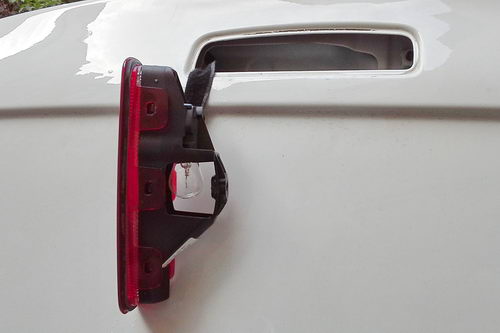
How to clean a catalytic converter
Content
Before looking for a catalytic converter cleaner, check it for clogging, damage to internal parts, and poor fuel economy.
If you recently tried to check your emissions and were told that the car was out of whack, it's possible that a clogged or dirty catalytic converter is the root cause. The catalytic converter is an emission-controlled component installed in the vehicle's exhaust system. It removes particulate matter and other harmful emissions before exiting the exhaust pipe. Eventually, this part will become clogged with excessive soot and will need to be cleaned or replaced. However, cleaning a catalytic converter is not as easy as you might think. In fact, it is not even recommended by professional mechanics or vehicle manufacturers, and if done, it may even void the vehicle's warranty.
If you are having problems with your catalytic converter and are planning to clean it, first determine the cause of the emissions problem. Then decide whether to clean or replace the catalytic converter.
Determine the main source of a failed outlier test
In 90% of cases, a failed emission test is misdiagnosed at the time of testing. The emissions test will load stored OBD-II trouble codes that may be related to the failed test. In most cases, code P-0420 is detected, a generic code indicating that the performance of the Catalyst system is "below threshold". While in most cases this could be due to a clogged catalytic converter, it could also indicate a failure in one of several oxygen sensors, a crack in the exhaust system, or about half a dozen different problems. If the problem is with the catalytic converter, in most cases it cannot be cleaned and needs to be replaced.
If you are trying to diagnose the source of this code, you should check the catalytic converter first. Here are three things to check before attempting to clean your catalytic converter.
- Determine if it's too crowded: If the catalytic converter is too clogged with excess carbon deposits, the engine may not start. To inspect the internal catalytic converter, it must first be removed.
- Check for damage to internal parts: If the catalytic converter is the cause of your problem, in most cases the internal parts will be loose or damaged. One quick way to check this is to tap the catalytic converter lightly with a hammer and listen for rattling sounds. These noises indicate damage and require replacement.
- Check for excessive oil consumption: Another leading source of damaged catalyst is excessive oil consumption. This is usually caused by damaged piston rings, cylinder head valve guides, or fuel injectors. If you notice smoke coming out of the exhaust pipe, it is most likely the problem. Cleaning the catalytic converter will not solve the problem.
Consider removing and manually cleaning or replacing
Once you have determined that the catalytic converter is neither damaged nor too clogged to clean, the next step is to remove it and attempt a manual cleanup. The best method is to use water and lacquer thinner. However, there is no proven step or process to clean a catalytic converter this way, so you can search the internet for a few cleaning additives like Oxicat or Cataclean that help remove carbon deposits slowly before you try.
As we pointed out at the beginning of this article, no car manufacturer recommends cleaning a catalytic converter. This can damage the internal catalyst and render this indispensable system useless. The best solution is to have the catalytic converter replaced by a professional mechanic.
